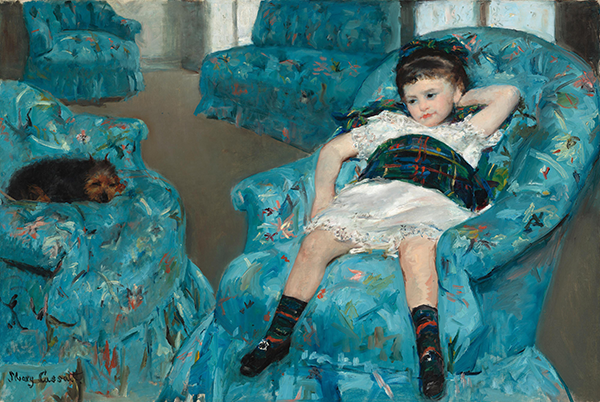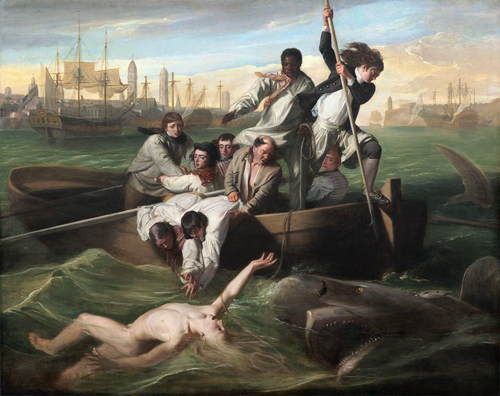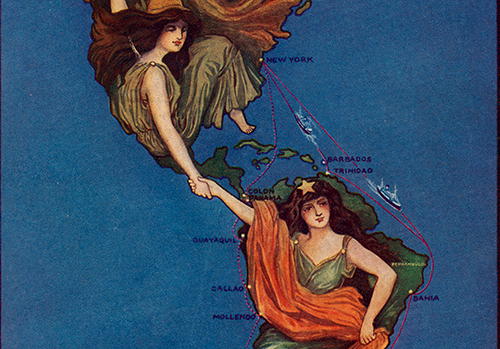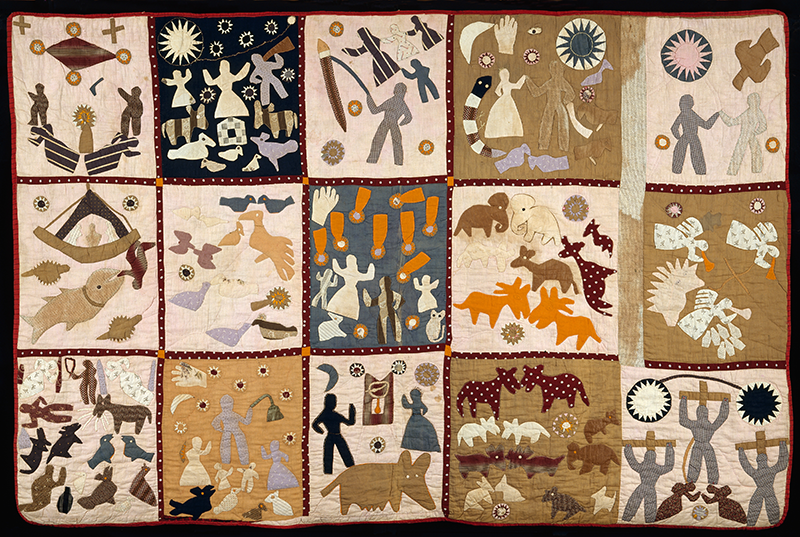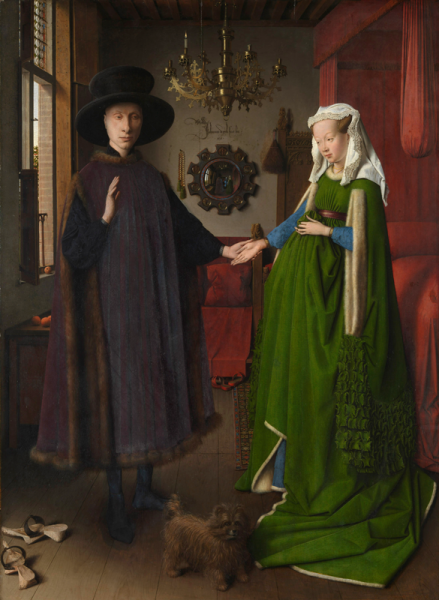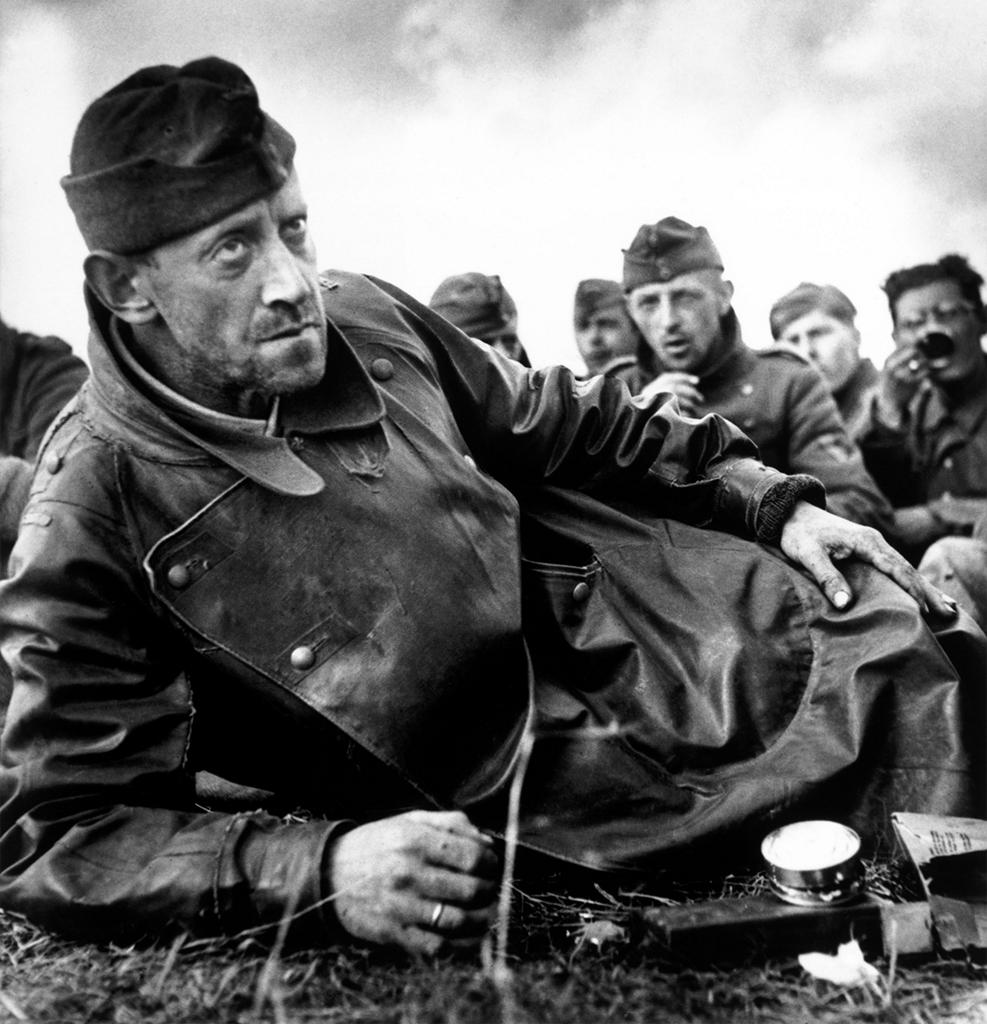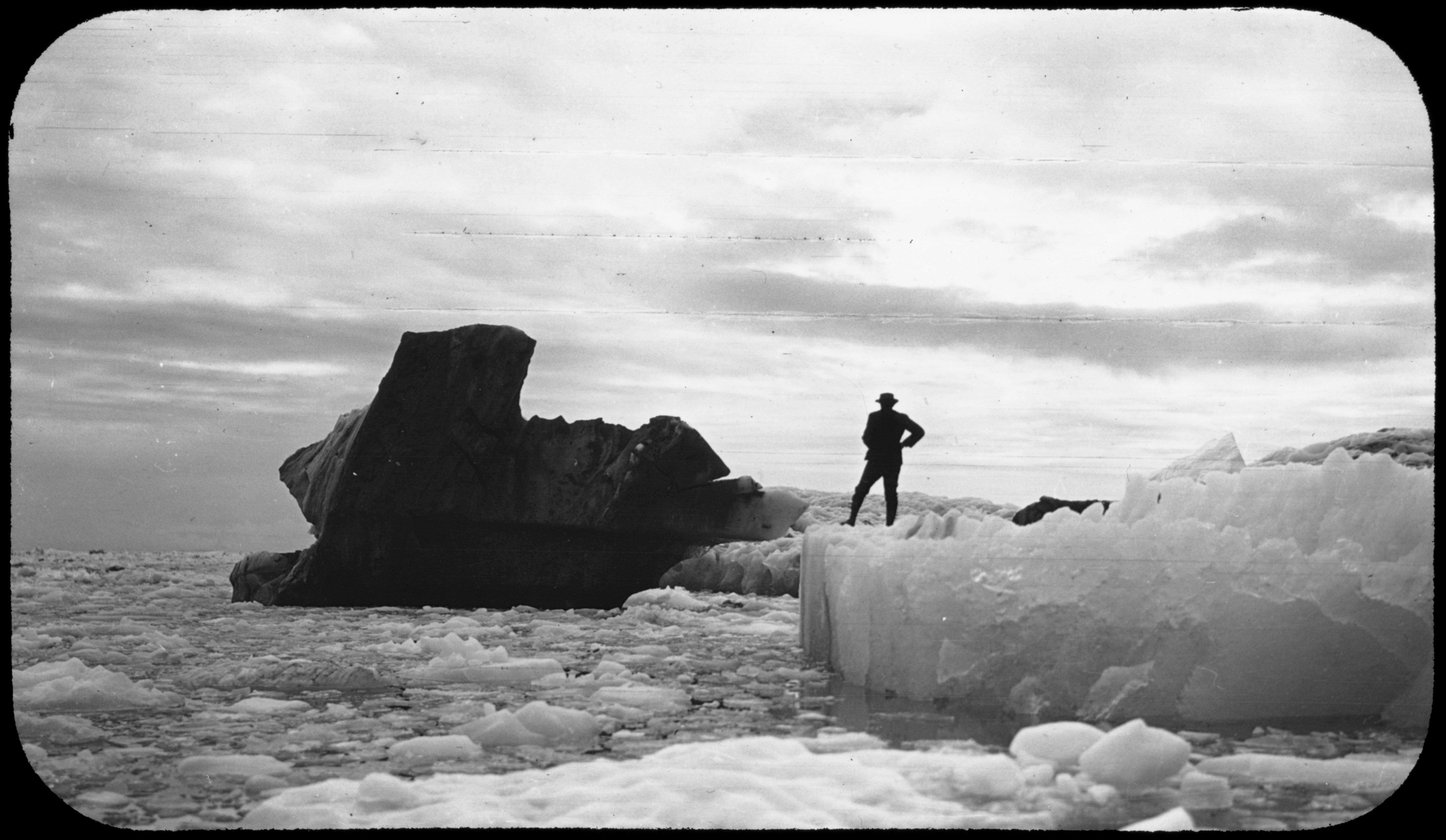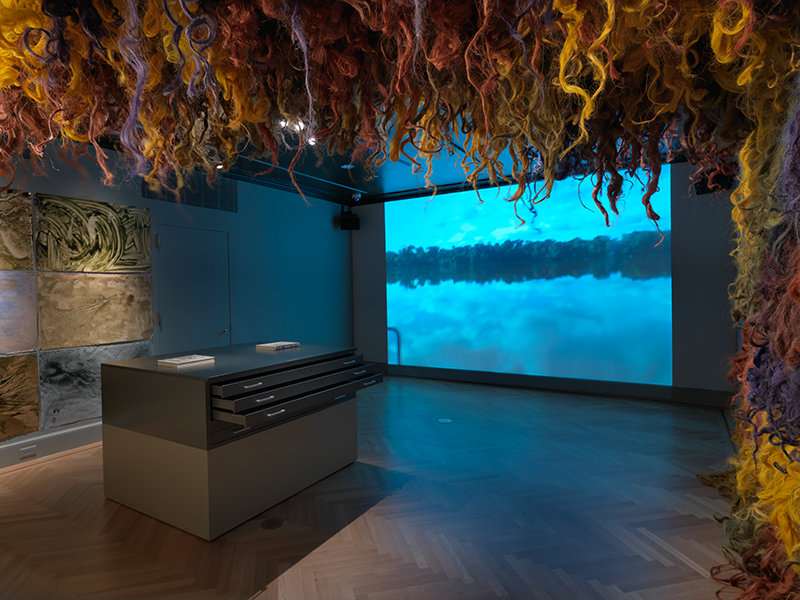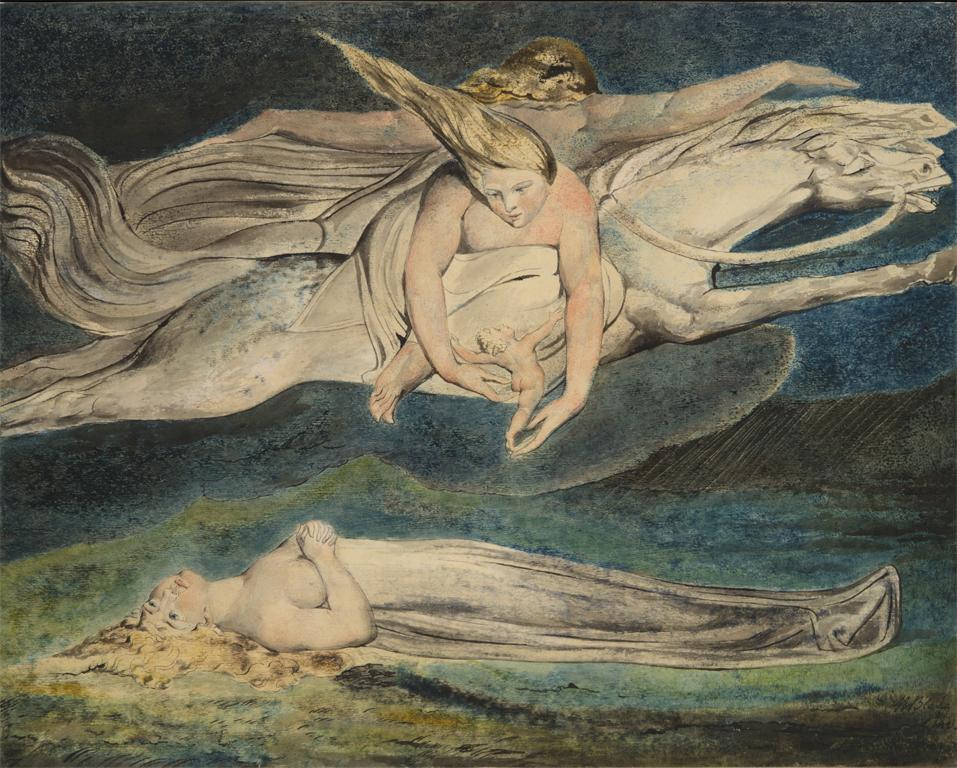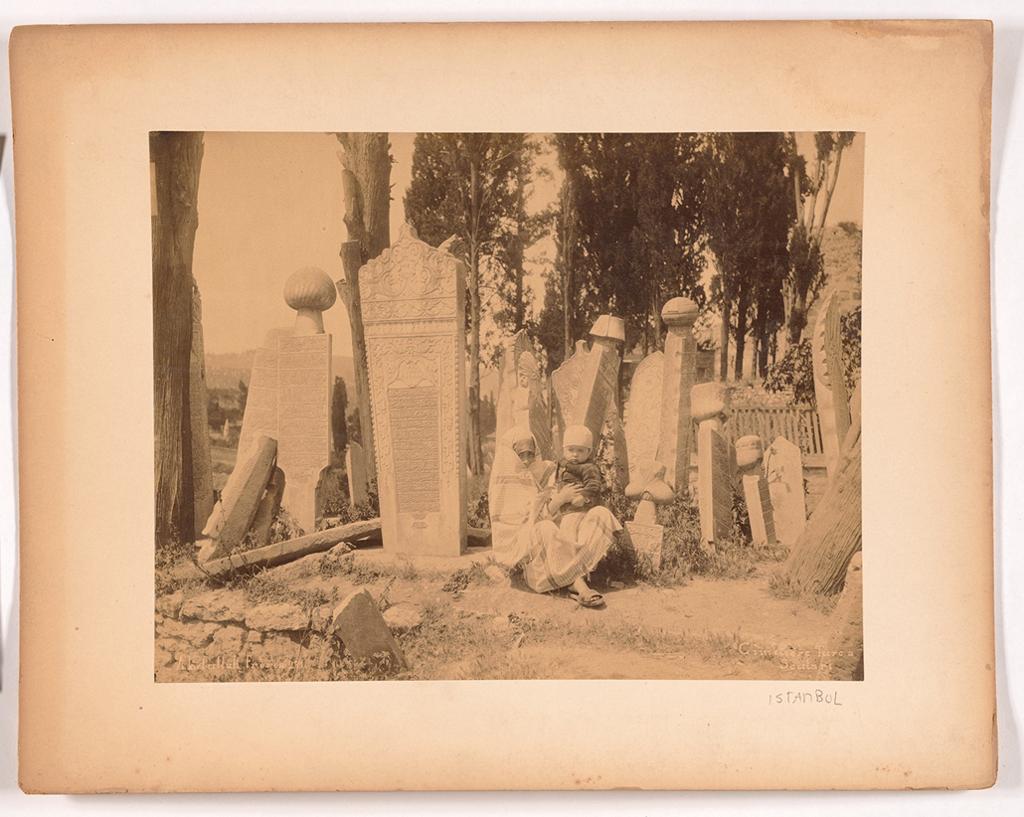
Abdullah Frères. Cimitiere Turca, Sculari, Istanbul. 19th century. Ackland Art Museum, University of North Carolina at Chapel Hill
Did you know that nearly 20% of Artstor’s more than 2 million images are photographs? This summer we released a new collection of over 36,000 images from The Center for Creative Photography and we added 47,000 new images to existing collections from Magnum Photos, Panos Pictures, and Condé Nast, bringing our photography holdings to more than 350,000. These additions join major collections such as George Eastman House (the world’s oldest photography museum), Eyes of the Nation: a Visual History of the United States (Library of Congress), the Museum of the City of New York, and fine art photography from the Larry Qualls collection of contemporary art, among others. Photography collections in Artstor span many types, including photojournalism, art photography, social documentary works, carte de visites, stereographs, fashion photography, and even vernacular photography. In aggregate, these diverse collections can provide visual histories of people, events, cultures, and countries between the advent of photography in 1839 and the present day.
